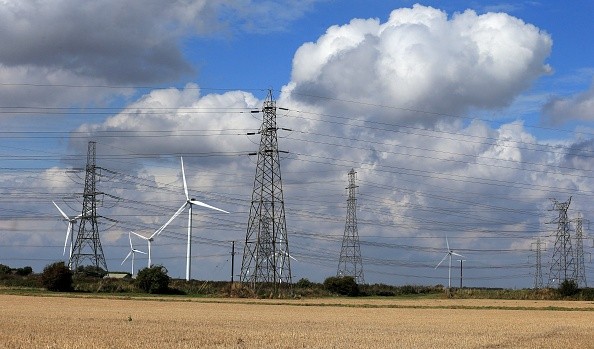The stability of the power supply is at risk due to the climate catastrophe. Extreme weather conditions increase the risk of failed power sources. The amount of energy produced, transported, and consumed globally will be impacted by temperature, precipitation, sea level changes, and the frequency and severity of extreme events.

Energy Consumption in the Modern World
Numerous facets of our existence depend heavily on energy. For instance, we utilize electricity for cooling and lighting. For heating, cooking, and transportation, we utilize fuel. Numerous facets of modern life, including water use, goods and services, transportation, economic growth, land use, and population expansion, are intertwined with how we produce and use energy. More than 84% of the greenhouse gas emissions in the United States are attributed to the production and consumption of energy, the majority of which originates from fossil fuels.
Our need for energy will probably rise as the temperature rises, which will alter our ability to generate and transmit electricity reliably.
Water and energy systems are intertwined. Pumping, moving, and treating both drinking water and wastewater requires energy. Many of the power plants of today require cooling water to function. Running water can generate electricity, which is an important power source in and of itself.
The patterns of energy and water use will be impacted by changes in precipitation, a greater danger of drought, less snowpack, and changes in the timing of snowmelt in the spring.
Keeping the Power On

The ability to keep the lights on has grown dependent on weather predictions. Additionally, it enables power companies to synchronize their output to periods of high demand, command the greatest prices, and increase earnings. Climate change, though, is making everything much more challenging. High winds, heat waves, freezing rain, melting glaciers, and 0snowpacks are examples of extreme weather occurrences that can cause once-reliable power sources to malfunction.
Climate Change
According to the World Meteorological Organization (WMO), nuclear, hydro, and thermal fossil fuel plants that use water for cooling produce 87% of the world's power, and up to a third of them are located in regions with high water stress. It is crucial to ensure supply that droughts, stream flows, and water availability can be predicted.
Predicting wind speed and sunshine duration is essential for solar and wind energy when water is less concerned. This is still a work in progress in nations with very variable weather, like the UK, though it is improving all the time. Giant batteries and tried-and-true solutions, such as pump storage, which involves pumping water back uphill at night to generate hydropower during peak hours, can help to some extent to alleviate these issues.
However, maintaining a steady electricity supply in a changing environment is a growing difficulty everywhere, even without Russia reducing gas deliveries to Europe.
Related Article : Experts are Saying that Renewable Sources are Not Enough to Solve Europe's Energy Crisis
For more environmental news, don't forget to follow Nature World News!
© 2025 NatureWorldNews.com All rights reserved. Do not reproduce without permission.





